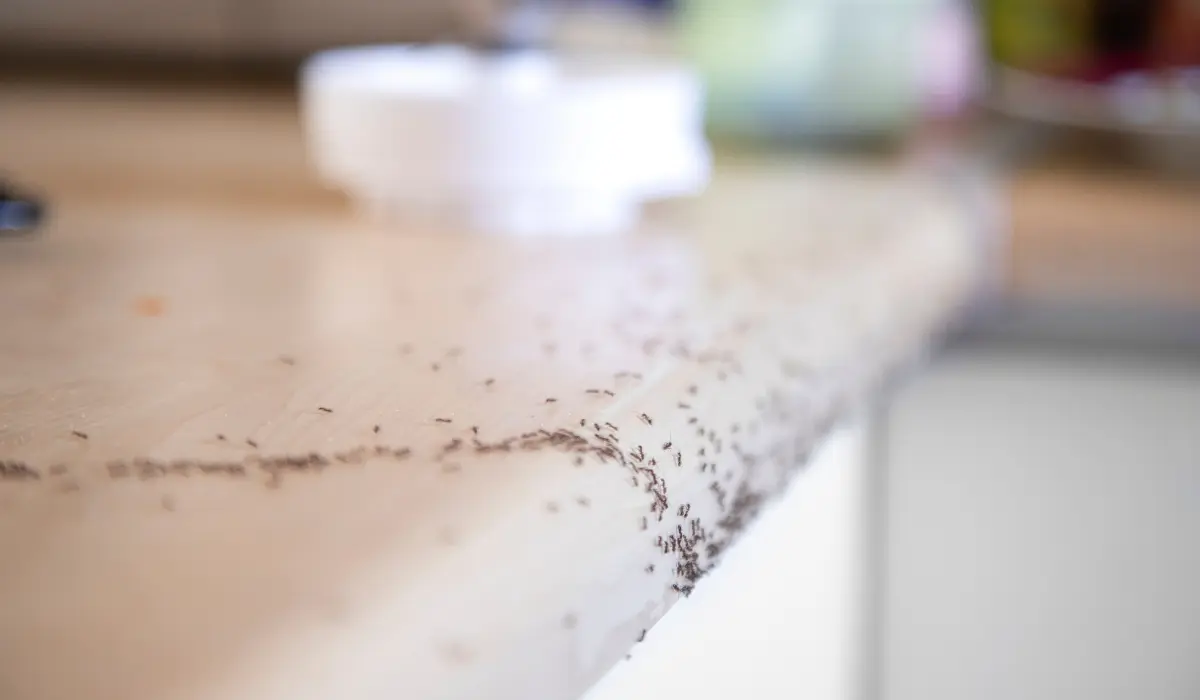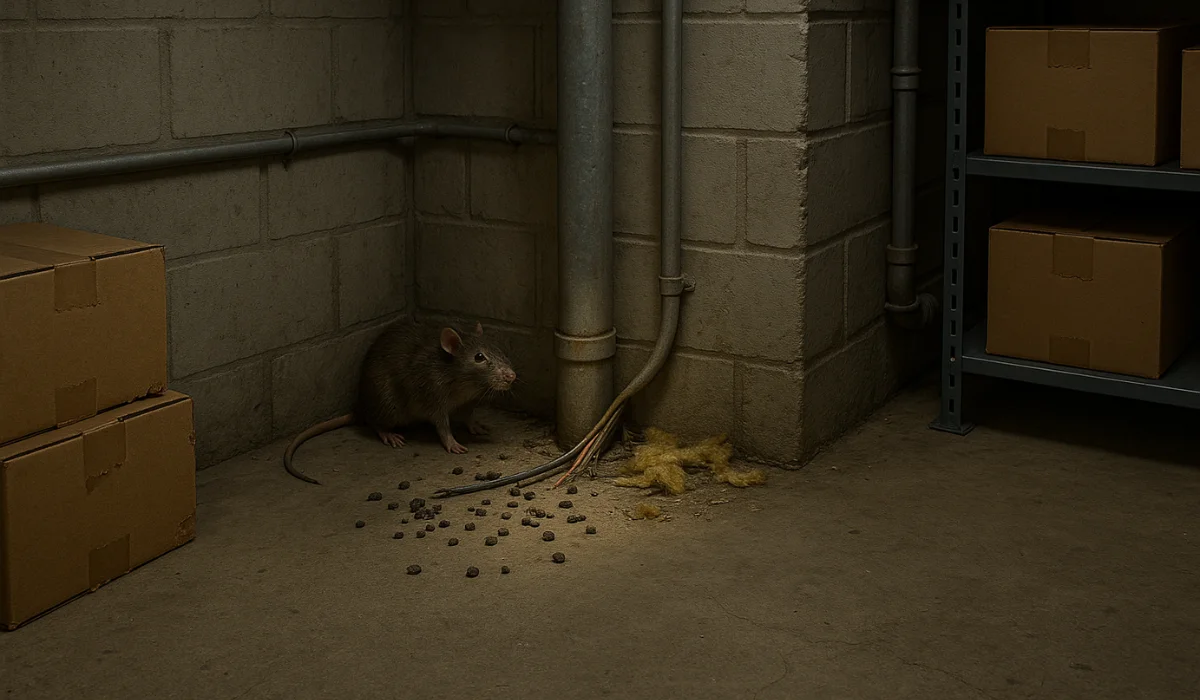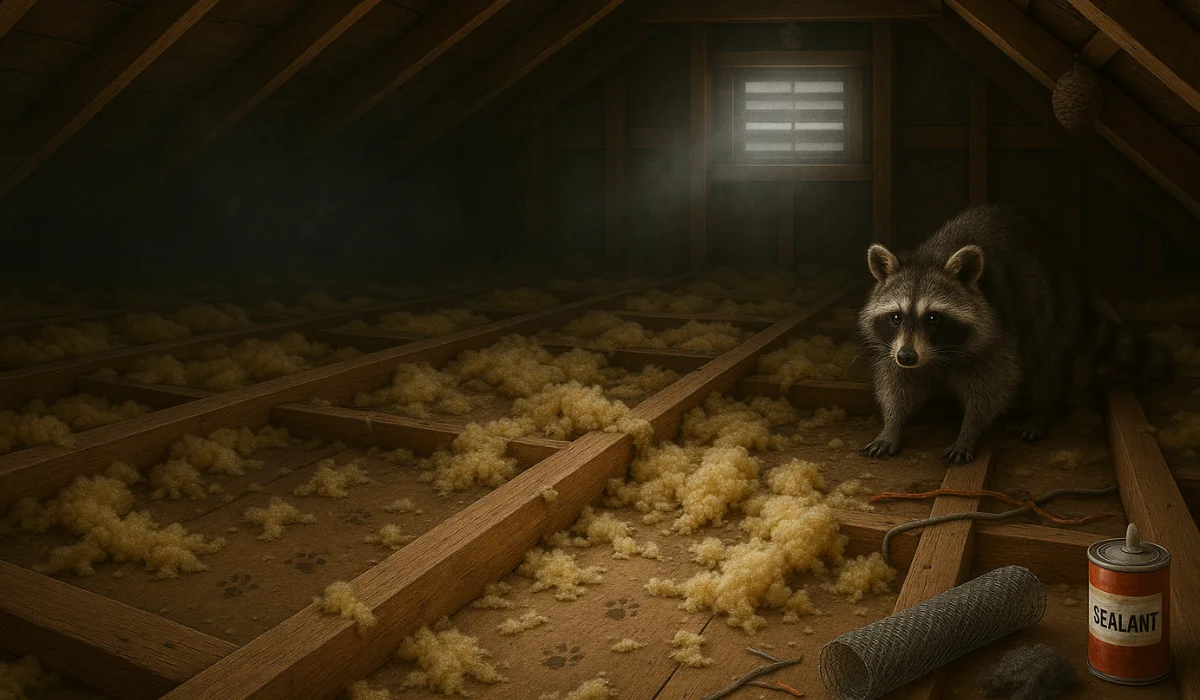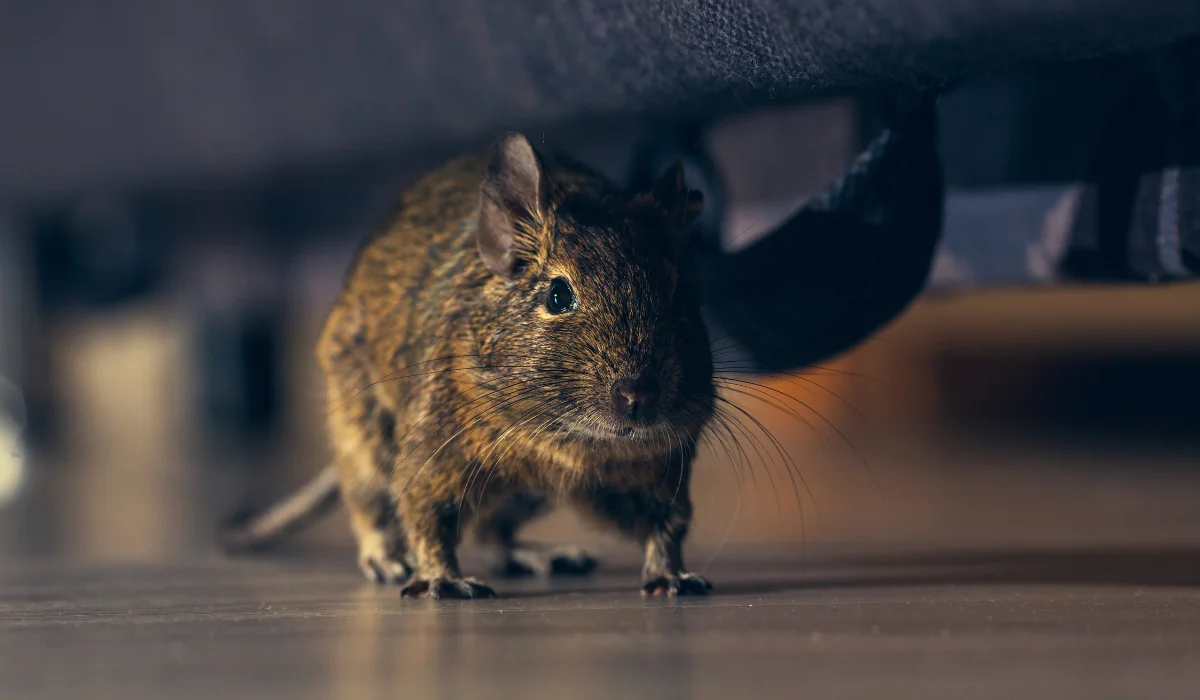Ants invading your kitchen can be incredibly frustrating, especially when regular methods don’t seem to work. Diatomaceous earth can offer a natural, temporary solution for getting rid of ants.
How exactly does it work, and what makes it a better choice than traditional pesticides? Discover how this powder can help you without harmful products.
Key Takeaways
- Diatomaceous earth is a safe, natural way to get rid of ants by breaking down their outer shells.
- Food-grade diatomaceous earth should be used in dry spots inside and outside for the best results.
- Protective gear like a mask, gloves, and goggles helps prevent irritation when applying the powder.
- Checks and reapplications may be needed, and calling a pest control expert might help with stubborn infestations.
HOW TO GET RID OF ANTS USING DIATOMACEOUS EARTH
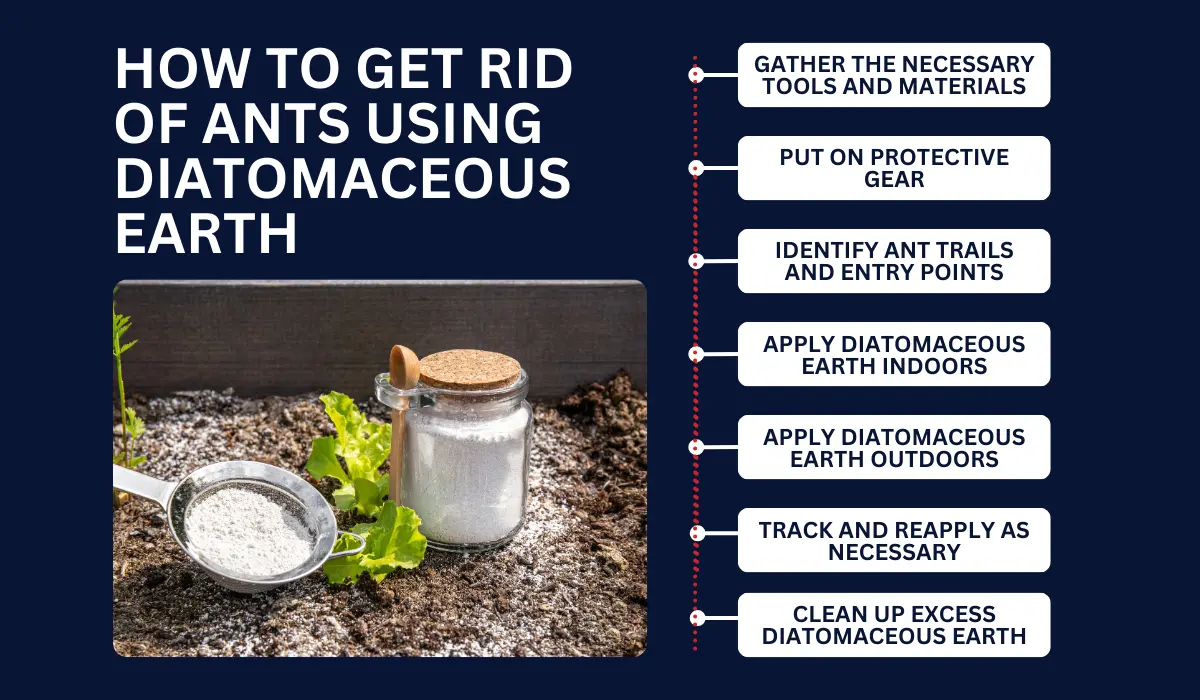
Using diatomaceous earth can be an effective and natural way to get rid of ants. Here’s how to use it to tackle an ant problem safely.
Step 1. Gather the Necessary Tools and Materials
Begin by collecting everything you need for the task. For safety around pets and kids, you will need food-grade diatomaceous earth made from the fossilized remains of diatoms.
You will also need a duster or a spray bottle to apply the powder. A dust mask and protective gear from Amazon can help you avoid inhaling the fine powder.
Step 2. Put on Protective Gear
Before you start, put on your protective gear. Diatomaceous earth is a fine white powder. While it isn’t toxic, it can irritate your lungs and eyes. Wearing a dust mask, gloves, and safety goggles will help you avoid discomfort.
Step 3. Identify Ant Trails and Entry Points
Ants leave behind pheromones that create trails for other ants to follow. Locate where they are coming from and where they travel.
Look for ant trails along baseboards, window sills, and entry points like doorways. Identifying these paths will help you target your application effectively.
Step 4. Apply Diatomaceous Earth Indoors
Sprinkle a thin layer along the ant trails and entry points indoors. With its sharp edges, the silica in the diatomaceous earth works by damaging the exoskeletons, ultimately killing them.
Apply it lightly so it remains effective without creating excessive dust.
Step 5. Apply Diatomaceous Earth Outdoors
For outdoor use, focus on the perimeter of your home, especially near entry points and ant colonies. Apply the diatomaceous earth around gardens, patios, and foundations.
This will prevent ants from entering your home and reduce the chances of an ant infestation.
Step 6. Track and Reapply as Necessary
Track the areas where you applied diatomaceous earth. If you notice these crawling insects reappearing, you should reapply the powder.
Weather conditions such as rain can reduce the effectiveness of outdoor applications. This condition necessitates more frequent reapplications.
Step 7. Clean Up Excess Diatomaceous Earth
Once you’re confident that the ant problem has been resolved, it’s time to clean up any excess diatomaceous earth.
Since diatomaceous earth is a naturally occurring sedimentary rock, use a vacuum for indoor cleanups. For outdoor areas, use a broom or hose. Ensure a thin layer remains in critical areas to prevent future infestations.
Common Mistakes to Avoid When Using Diatomaceous Earth
By following these tips, you can improve the effectiveness of diatomaceous earth for your DIY pest control.
- Not Using Food-Grade DE: It’s essential to use food-grade DE. Industrial-grade or pool-grade DE may contain additives that can harm humans and pets.
- Applying Too Much: People often think that more is better. Over-applying diatomaceous earth can temporarily deter ants, but it may cake up and become less effective.
- Inappropriate Application Areas: Diatomaceous earth should be applied in dry areas. Wet environments can render it ineffective. Use it along dry areas and other entry points.
- Ignoring Other Insects: Diatomaceous earth can also kill mites, earwigs, cockroaches, bed bugs, and fleas. When treating your home, pay attention to these pests as well.
- Skipping Monitoring: Regularly check the treated areas. Sometimes, it may take a few days to see results. If there’s no progress, extra treatment might be necessary.
IS IT TIME TO CALL AN EXPERT?
Sometimes, using diatomaceous earth might not be enough. If ants keep coming back despite your best efforts, it might be time to seek pest control.
Whether you’re in Baton Rouge or New Orleans, seeking expert help should be easy. For immediate intervention for a severe infestation, let Lajaunie’s ant control specialists tailor a solution that’s right for your home.
For more information about our services, visit our service page.
 By: LaJaunie's Pest Control
By: LaJaunie's Pest Control 